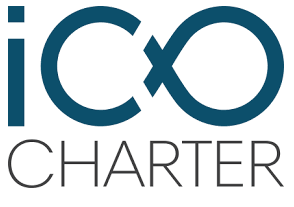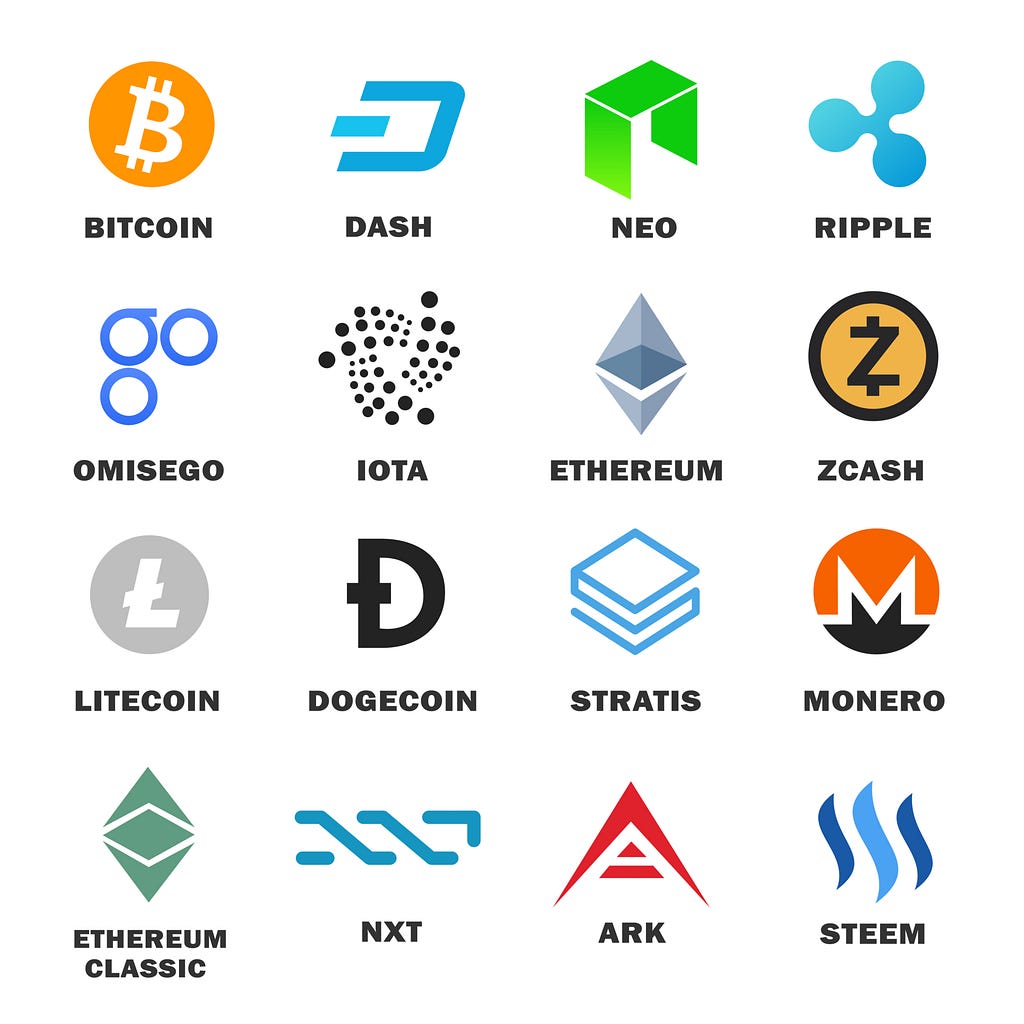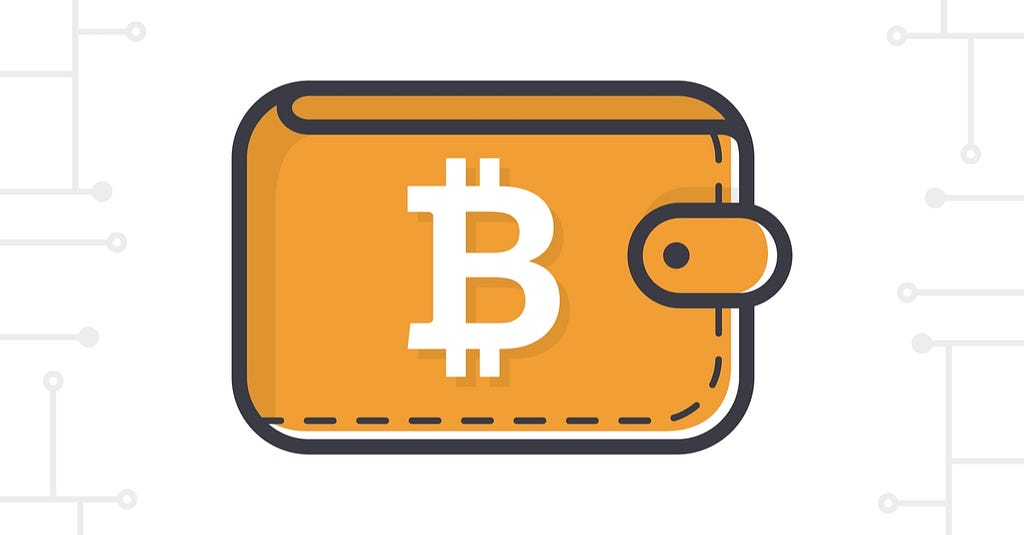Latest news about Bitcoin and all cryptocurrencies. Your daily crypto news habit.
11 Steps to Analyze an ICO: the Investor guide (2/3)
In the previous article, we have introduced ICO and their basic mechanisms. We will now describe how investors should analyze ICOs in order to avoid scams.
HOW TO EVALUATE AN ICO?
There is a growing number of ICO proposed to the public every day so it becomes difficult to evaluate the potential and the seriousness of the project.
ICO rating is a good starting point to get an idea of the seriousness of a project. The more the risk related score is high, the less information are available to evaluate the project.
Another way to deepen your understanding of the project is to make your own opinion on the site bitcointalk.org. It is one of the main discussion forums on crypto-currencies. If you visit the part dedicated to the Announcements, you will be able to find your project as well as the comments of users which are generally very rich in information.
Some initiatives have also started to appear in order to guide investors (and entrepreneurs) in their search. The “ICO Charter” is one of them and will help you dig into much more details. We would like to use it to structure our guide and just insert additional information/ideas to clarify some of the concepts.
1-INFORMATION PROVIDED BY THE ICO/ITO PROJECT
- Detailed and exhaustive presentation of the ICO/ITO Project
Every serious ICO must have a website on which you will be able to find useful information, but you will also need to do your own research. The ICO website should give you many information on the project, the business model, and the team. An ICO without a website or an incomplete one is not a good sign and should be treated as a red flag.
- Complete White Paper
The starting point of your analysis must be to read the «whitepaper». You can normally download this document on the website of the ICO. If not, it is usually sufficient to type the name of your project followed by “Whitepaper” in your search engine to fall on a PDF version of the document.
The whitepaper is the explanatory document of the project, its operations, and its objectives. It is therefore essential to read it correctly in order to assess the project. Yet these whitepapers are not always easy to understand, because they refer to concepts relating to cryptography, crypto-economy, Network Computing (for the consensus) or to complex mathematical concepts.
However, you do not need to be a specialist in each of these areas to understand and evaluate a project. You will still need to have a basic understanding of the way a network organized around a blockchain works.
All serious projects have a whitepaper. The absence of this document or its imprecision are indicators of the lack of seriousness or preparation of the teams behind the project.
- Detailed information on the team, market, product and legal entity(ies) sponsoring the ICO/ITO project
This is self-explanatory and will be detailed in below sections.
- Bylaws, articles of incorporation and shareholding structure
These are the constitutive documents of the legal entity created to support the ICO. As described in point 11 below, this entity should be registered in a “compliant country” to ensure that you will be in a position to file legal pursuits should the ICO reveal to be a scam.
- Provide information used to determine target Cryptocurrency raised
The founder of the project should clarify the amount of funds/cryptocurrencies, they intend to raise during the ICO.
It is also important to know the total number of tokens that will be issued in exchange of these funds. You should also be able to determine whether the tokens available to the public are limited or not. In the absence of limitation, your investment can quickly be drowned in the increase of available tokens. Except for specific reasons inherent to the project, it is therefore essential that the total number of token is determined by the Protocol.
- Roadmap for ICO/ITO Project
The orientation of the project, as well as the stages of its development, should appear in the whitepaper or be described on the website of the project. If the project has not yet issued a prototype that you can try (“ beta preview”), it is essential to understand where the leader of the project wants to go, on which dates and with the funds raised during the ICO.
- Bios and resumes of the key players/staff of the project doing an ICO/ITO.
You must analyze the experience of the members of the team in charge of the project. It is generally considered that the composition of the team is responsible for 50% of the success of the project.
The leaders: Have they already been involved in projects relating to the crypto-currencies before? The fact that they have failed in previous projects must not be regarded as a negative point. The website of a serious project must have a page devoted to the team and provide a summary of their experience. The absence of such information should be perceived as a negative signal. It is also important to determine if the project benefits from the support of external consultants with a recognized competence in the industry.
The developers: Even if you have no programming knowledge, it is possible to evaluate the involvement of developers on the project. For this, you can go on the Github page of the project that you are interested in by typing “Github” and the name of the project in Google. For instance, this is the page for Steemit: Https://github.com/steemit/steem/graphs/contributors
Then you simply click on the tab “Code” to see the number of “commits” and their history, as well as the number of ‘Contributors” who participated in the drafting of the Code. “Commits’ are the number of changes/additions which have been performed on the source code of the project.
You can also refer to the number of stars awarded to the project for judging its popularity with the community.
CoinGecko website is also excellent to evaluate the involvement of the developers in the project. They analyze several websites where developers can deposit their improvement of the protocol source code and rate the project accordingly.
This information is important because they will give you the possibility to have a clear view of the team of developers and the history of their activities.
- Independent check of key players/Staff good standing (‘Fit and Proper’) and on the advisors’ suitability and independence.
You should check whether all the information provided by the founders of the project have been verified and certified by an independent tierce party. The name and details of this party should be mentioned on the website and ideally, you should be able to access its report.
2-INDEPENDENT LEGAL REVIEW OF THE ICO/ITO TOKEN AND ITS ISSUER
Any serious project will have to appoint a law firm to make sure that the ICO/ITO does not breach any financial regulation. The lawyers will be involved in the creation of the legal structure issuing the tokens and receiving the funds. They will also determine if the tokens could be classified as securities in which case they would be subject to all the financial regulations relative to IPO.
3-WHITE PAPER FEATURES
- Underlying legal entity issuing tokens and its recent financials.
This point has already been described above under “Bylaws, articles of incorporation and shareholding structure”.
- A brief description of ICO/ITO project.
If the Whitepaper is correctly drafted, anyone should be able to understand the basics of the project and what are the objectives. As mentioned above, you will need some understanding of the mechanisms underlying the functioning of a decentralized network based on a blockchain to determine how the project improves the technology. As for any investment, you do not want to put your money in a project that you do not understand.
- Project ICO/ITO business Plan.
One of the most important things you need to understand before you buy the tokens is how this token will interact with the protocol that has created it. The business models developed by Decentralised Ledger Technologies are indeed very different from the business models we are currently familiar with.
The purpose of the protocol is to solve a problem (for instance Bitcoin propose to solve the issue of value transfer over the internet) through its community of users and developers. All the persons involved in the development of the protocol are normally rewarded with the tokens issued by the protocol. The value of the token (when exchanged on crypto exchanges) will increase if the protocol and the community are successful in solving the problem they intend to solve.
So the business model of a decentralized project will depend on the issue the protocol intends to solve, on the role of the community in the development of the protocol and on the way this community is rewarded for its implication. Tokens are the currency of the ecosystem and can be exchanged for national currencies or other cryptocurrencies on crypto exchanges. In any case, tokens must play an important role in the development of the project because the value of the protocol is impacted by the velocity (i.e the circulation) of these tokens.
You need to understand why the tokens you are about to acquire, are necessary for the development of the protocol. If this is not clear to you then search again!
- Amount of cryptocurrency sought.
In this section, you want to clarify how many tokens will be issued in total, when they will be issued and how of these tokens will be retained by the founders of the project.
How many tokens?
It is very important that the protocol determines a total number of tokens that will be issued so the founders of the project do not decide to issue more tokens in the future and dilute the value of the one you have acquired during the ICO.
When will tokens be issued?
Tokens can be pre-mined or mined during the life of the project. Tokens are “pre-mined,” when they are all issued at the beginning of the project. This type of issuance is generally considered negatively by the communities of enthusiasts who see it as an opportunity for developers to retain a significant part of tokens.
It is preferable if the protocol is programmed to issue tokens during the development of the network. It is the case of the Protocol Bitcoin which creates new bitcoins every time a block is added to the blockchain in order to reward the work of minors. Yet the total number of bitcoins that will be issued is determined by the Protocol itself. This is the reason why we are talking about the bitcoin as a currency which is not inflationary.
How many tokens are retained by the founders?
This was particularly the case for the developers of ripple in order to stop criticism have been forced to pledge a significant part of their tokens for 10 years.
- Use of proceeds
This point is detailed below, but it is important that the Whitepaper describe precisely how the ICO should be conducted. A guide should be available explaining all the steps form the transfer of your private keys to the reception of the ICO tokens.
- The technical presentation of the project
This part might go deeper in details on the technical aspects of the project and describe how it improves the technology. If the project proposes a new type of blockchain for instance (as IOTA did with Tangle), the white paper will have to explain what the difference with the existing type of blockchain is, how it will store the transactions, who will be the miners, how they will be remunerated, show that this model is secured…
It is the same if the project intends to improve the consensus methodology (as Steemit, Eos and Bitshares with Delegated Proof of Stake for instance).
It will be important to understand if the project will implement its own blockchain and issue native tokens, or be constructed on top of another protocol (Ethereum for instance) and issue non-native tokens. As we described in our article describing the cryptocurrencies revolutionary business model, these two types of tokens have different functions and their valuation will also evolve differently over time.
- Token structure, mechanics, issuance (primary) and post ICO/ITO (secondary) features for the specific project ICO/ITO
As we just mentioned, it is essential to understand the token structure, i.e if they are native or not, and what is their role in the functioning of the project.
- Risk disclosures/Warning and disclaimers/Legal rules and a competent court in the EEA (European Economic Area)
4-ICO/ITO SMART CONTRACT CODE AND TECH SPECS PROJET MANIFESTO V1
Smart Contract (s) or Access to code or any technical data detailing the Token delivery process, and subsequent impacts
The code must be “open source” i.e open to all. It is the basis of the development of these decentralized protocols. If the code is not open to all without obvious reasons or inherent to the project itself, then this point is according to us a problem that will frighten the community and affect the development of the ecosystem.
5-KYC, ANTI MONEY LAUNDERING, AND ANTI TERRORIST PROCESS
These are very standard checks that need to be conducted in order to identify the origins of funds invested and ensure that they are not illegal. All banks and financial institutions are subject to these checks and should also be conducted in an ICO/ITO even if the law does not yet request them. These checks are:
- Passport, ID Card or any form of State issued ID document for a physical person.
- Articles of incorporation of a legal entity with authorized signatory officers Tax-Residency of an investor.
You can expect to go through these checks when registering for the ICO on the project’s website.
6-TOKENS AND CRYPTOCURRENCY RAISING PROCESS
All the following points are self-explanatory and should be clarified in the guide provide available on the ICO website:
- Disclosure of different types of ‘Wallets’, real-time traceability of collected cryptocurrency (and/or Fiat currencies) for the ICO/ITO
- Disclosure of fees in tokens paid to advisors
- Pre-sales Mechanics/Rules and disclosure of rules to offer discounts
- Traceability of all crypto transactions
- Disclosure of all fees used for and during the process of the Pre-ICO/ITO and actual ICO/ITO
7-USE OF ICO/ITO PROCEEDS
- The process of cryptocurrency proceeds ‘restitution in case the ICO/ITO target amount is not reached:
This part should be clearly explained in the guide available on the ICO website. If not, you should contact the founders of the project to obtain clarification.
- Creation of an ICO/ITO Escrow wallet for cryptocurrencies
It is important to check that an escrow wallet managed by a third party is organized to collect the tokens sent by the investors. Otherwise, if the ICO is a scam, the receiver of the tokens will have no obligation (not even legal obligation) to return the tokens.
- Rules and conditions for release of proceeds to the ICO/ITO project
8-ICO/ITO SAFETY AND SECURITY
- The ongoing presence of an IT supervisor during the ICO/ITO to monitor the ICO/ITO website, hacking and the correct Bugs
- ISO 27001 certification recommended
9-ACCEPTANCE OF A THIRD PARTY AUDIT TO MEASURE THE RISK OF THE PROJECT
10-POST ICO
As already mentioned, the website of the ICO should provide a guide detailing all the steps of the ICO and especially the post-ICO, i.e when and how your tokens will be delivered.
- Disclose ICO/ITO process and history with outcome and results
- Disclose marketplaces where newly issued ICO/ITO token is traded: it is important to obtain this information as early as possible if you want to sell your coins as soon as you have received them. It is also important if you want to participate to the ICO on the secondary market, i.e by buying the tokens on an exchange.
- Sequence and means by which regular updates on the project are provided to the community
11-COMMITMENT ON THE LAW OF LISTED STATES
ICOs complying with this Charter shall not:
- Be carried out by an issuer incorporated under the laws of a State listed as “non compliant” in the latest version of the «Overall Rating Following Peer Reviews against the standard of EOIR » list published by the Global Forum on Transparency and Exchange of Information for Tax Purposes of the OECD, accessible at the following address: http://www.oecd.org/tax/transparency/exchange-of-information-on-request/ratings/(a « Non Compliant State »); or
- Be governed by the laws of a Non-Compliant State.
- If an ICO is carried out by an issuer incorporated under the laws of a State listed as “provisionally partially cooperative” or “partially cooperative” in the above-mentioned OECD list (a “Partially Cooperative State”), or governed by the laws of a Partially Cooperative State, the issuer shall expressly undertake, in the white paper, to answer in full transparency and cooperation to the tax information request submitted by foreign tax administrative, judicial or regulatory authorities
If you enjoyed this article, please do not hesitate to share it on your favorite social media!! thank you
11 Steps to Analyse an ICO: the Investor view (2/3) was originally published in Hacker Noon on Medium, where people are continuing the conversation by highlighting and responding to this story.
Disclaimer
The views and opinions expressed in this article are solely those of the authors and do not reflect the views of Bitcoin Insider. Every investment and trading move involves risk - this is especially true for cryptocurrencies given their volatility. We strongly advise our readers to conduct their own research when making a decision.




